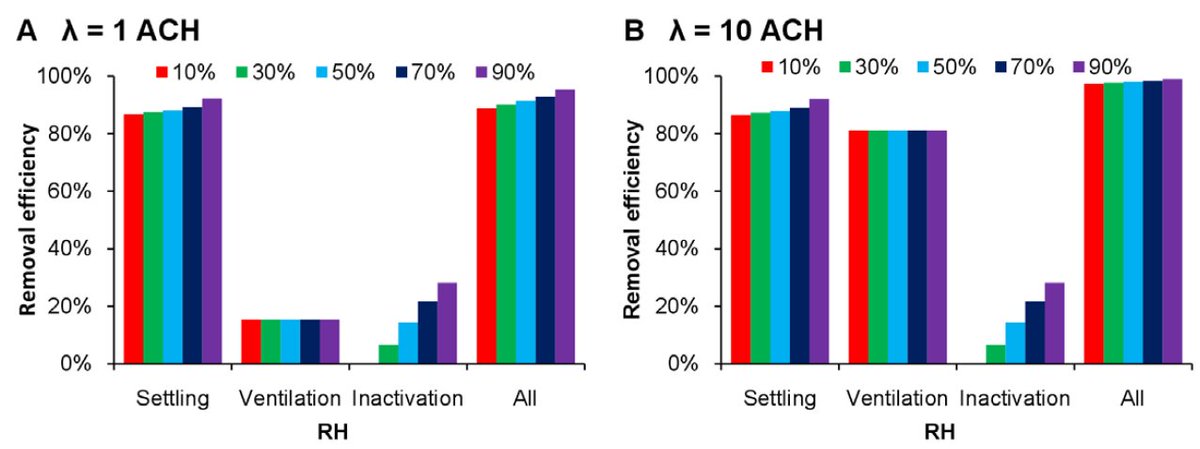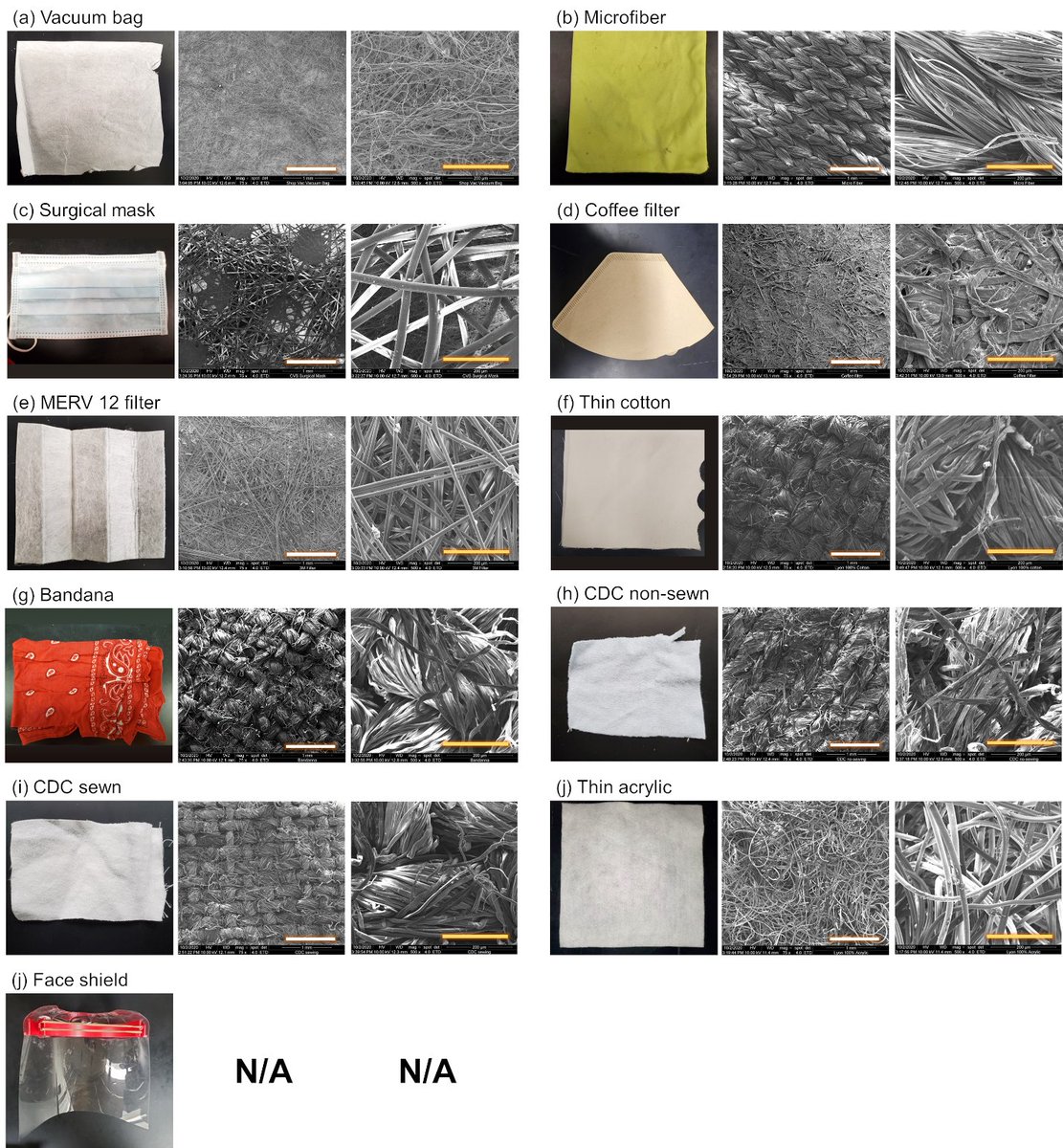
Our multidisciplinary team sought to correct some bits of conventional wisdom on transmission of viruses through the air. Still working with historian @ethomasewing and others to show how these bits became embedded. journalofhospitalinfection.com/article/S0195-… Myths... /1
Myth 1: “Aerosols are droplets with a diameter of 5 μm or less”
Myth 2: “All particles larger than 5 μm fall within 1-2 m of the source”
Myth 3: “If it's short range [close contact], then it can't be airborne”
/2
Myth 2: “All particles larger than 5 μm fall within 1-2 m of the source”
Myth 3: “If it's short range [close contact], then it can't be airborne”
/2
Myth 4: “If the basic reproductive number, R0, isn't as large as for measles, then it can't be airborne”
Myth 5a. “If it's airborne then surgical masks (or cloth face coverings) won’t work”
Myth 5b: “The virus is only 100 nm (0.1 μm) in size so filters and masks won't work”
/3
Myth 5a. “If it's airborne then surgical masks (or cloth face coverings) won’t work”
Myth 5b: “The virus is only 100 nm (0.1 μm) in size so filters and masks won't work”
/3
Myth 6: “Unless it grows in tissue culture, it's not infectious”
Thanks to the fearless Stephanie Dancer and Julian Tang for leading this. HT @HuffmanLabDU @PrasadKasibhat1
/4
Thanks to the fearless Stephanie Dancer and Julian Tang for leading this. HT @HuffmanLabDU @PrasadKasibhat1
/4
• • •
Missing some Tweet in this thread? You can try to
force a refresh






